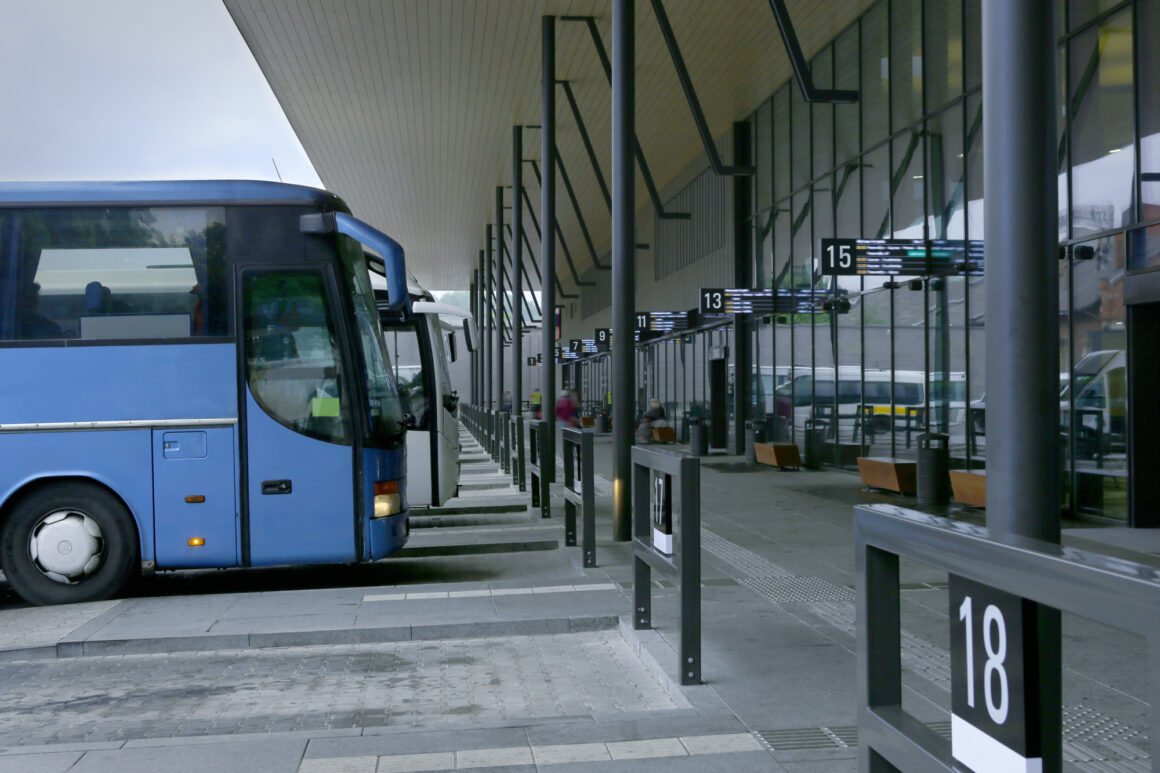Traveling by bus in the United States offers a unique opportunity to experience the country’s diverse landscapes and vibrant cities up close. Whether you’re a frequent traveler or embark on your first long-distance bus journey, there are several tips and tricks that can help ensure a smooth and enjoyable trip.
From packing essentials to navigating the bus stations, here’s what you need to know for a hassle-free experience on the road.
Planning Your Route
The first step in any bus journey is planning your route. The USA has an extensive network of bus services that connect major cities, small towns, and everything in between. Companies like Greyhound, La Cubana Xpress, Megabus, and FlixBus are some of the most popular options, offering routes that cover thousands of miles.
When planning your trip, it’s essential to consider factors such as travel time, departure and arrival times, and the number of stops along the way.
For example, if you plan to travel from Miami to New York City, you’ll want to compare different routes and schedules to find the one that best fits your needs. Some buses offer direct routes with minimal stops, while others may take longer but provide opportunities to explore additional destinations along the way. Planning ahead will help you choose the most convenient and comfortable option for your journey.
Booking Your Ticket

Once you’ve decided on your route, the next step is booking your ticket. Most bus companies offer online booking, which is the most convenient way to secure your seat. When booking online, you can choose your departure time, select your seat (if the service offers reserved seating), and even add extras like extra luggage or priority boarding.
It’s also a good idea to book your ticket as early as possible, especially if you’re traveling during peak times like holidays or weekends. Early booking not only guarantees your spot but also often comes with lower fares. Additionally, some bus companies offer discounts for students, seniors, or military personnel, so be sure to check if you’re eligible for any special rates.
Packing Smart
Packing for a bus trip requires a bit of strategy, especially if you’re traveling long distances. Unlike air travel, bus companies typically allow you to bring more luggage without hefty fees, but it’s still important to pack efficiently. Your packing list should include essentials like a comfortable neck pillow, a light blanket or shawl, and snacks for the journey. Since buses can sometimes get chilly, dressing in layers is also a good idea.
For longer trips, consider bringing entertainment such as a book, tablet, or music player to pass the time. Many buses now offer free Wi-Fi and power outlets, so you can stay connected and keep your devices charged throughout the trip. However, it’s wise to bring a portable charger just in case. Don’t forget to pack any necessary medications and toiletries in a small bag that you can easily access during the journey.
At the Bus Station

Arriving at the bus station can be a bit overwhelming, especially in larger cities where stations can be bustling with activity. To make the process smoother, arrive at least 30 minutes before your scheduled departure time. This will give you enough time to check in, find your boarding gate, and get settled before the bus arrives.
When you arrive at the station, take note of the amenities available. Many bus stations offer facilities such as restrooms, vending machines, and waiting areas with seating. Some larger stations might even have food courts or shops where you can pick up last-minute snacks or travel essentials.
If you’re traveling with luggage, be sure to follow the company’s guidelines for checking bags. Most bus companies allow you to check one or two bags under the bus, with an additional carry-on that you can bring onboard. Make sure your bags are properly labeled with your name and contact information in case they get misplaced.
On the Bus
Once you’re on the bus, it’s time to settle in for the journey. If you’ve chosen your seat in advance, make your way to your assigned spot. If not, find a seat that offers you the comfort you need for the trip ahead. Many people prefer seats near the front of the bus for a smoother ride, while others might opt for the back where it’s quieter.
During the journey, take advantage of any amenities the bus offers. Many long-distance buses are equipped with reclining seats, power outlets, and free Wi-Fi, making the trip more comfortable. If the bus makes scheduled stops, use these opportunities to stretch your legs, grab a snack, or use the restroom.
To ensure a pleasant experience for everyone onboard, it’s important to be mindful of your fellow passengers. Keep noise to a minimum by using headphones when listening to music or watching videos. If you need to make a phone call, try to keep your voice low and the conversation brief. Being considerate of others will help create a peaceful environment for all passengers.
Staying Safe

Safety is a top priority when traveling by bus. Most bus companies take great care to ensure the safety of their passengers, but there are still a few precautions you can take to protect yourself and your belongings. Always keep your personal items, such as your phone, wallet, and passport, close to you at all times. It’s a good idea to use a small crossbody bag or money belt that you can wear throughout the journey.
If you’re traveling overnight, try to stay awake and alert during bus stops. While most people you’ll encounter on your journey are fellow travelers, it’s always better to be cautious, especially in unfamiliar locations. Trust your instincts, and if something feels off, don’t hesitate to move to a more populated area or alert the bus driver.
In case of an emergency, familiarize yourself with the bus’s safety features, such as emergency exits and the location of first aid kits. It’s also helpful to have the contact information for the bus company on hand, so you can reach out if you have any concerns or need assistance during your trip.


